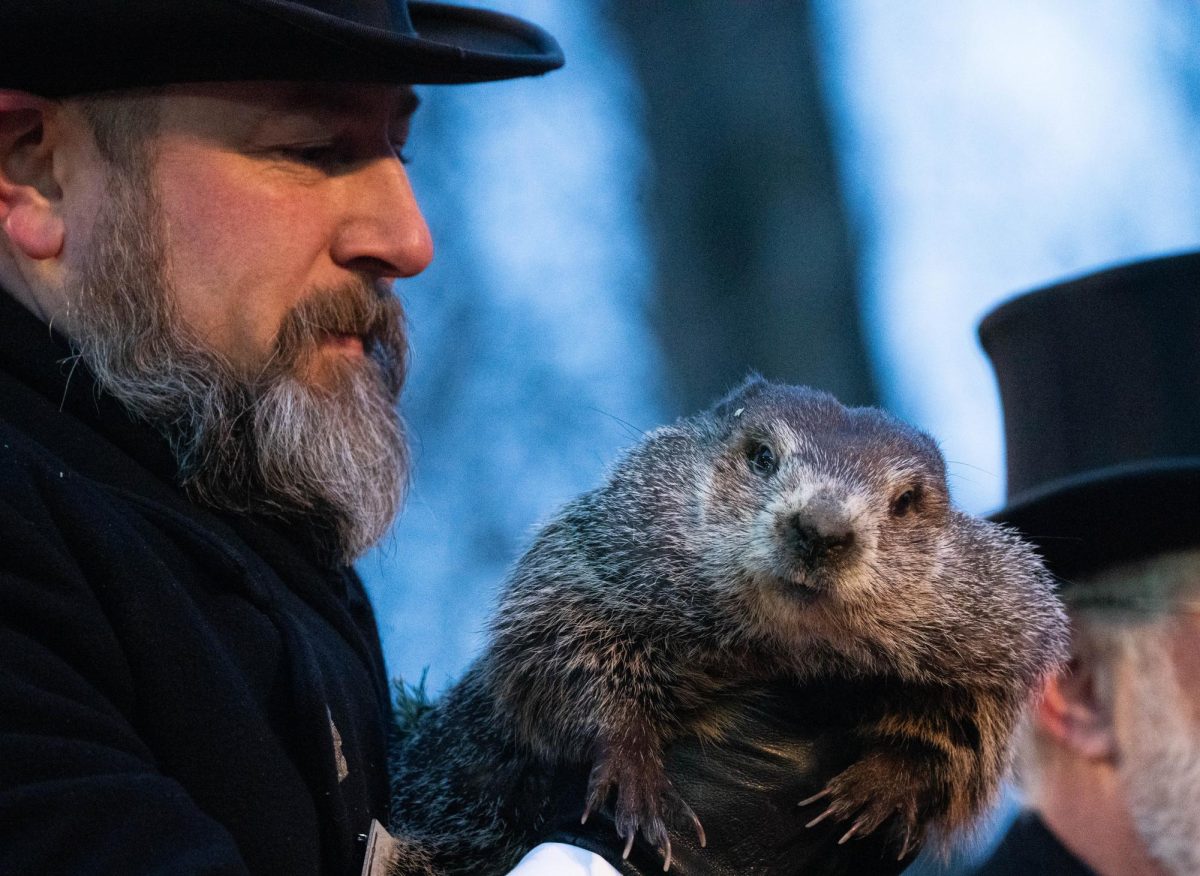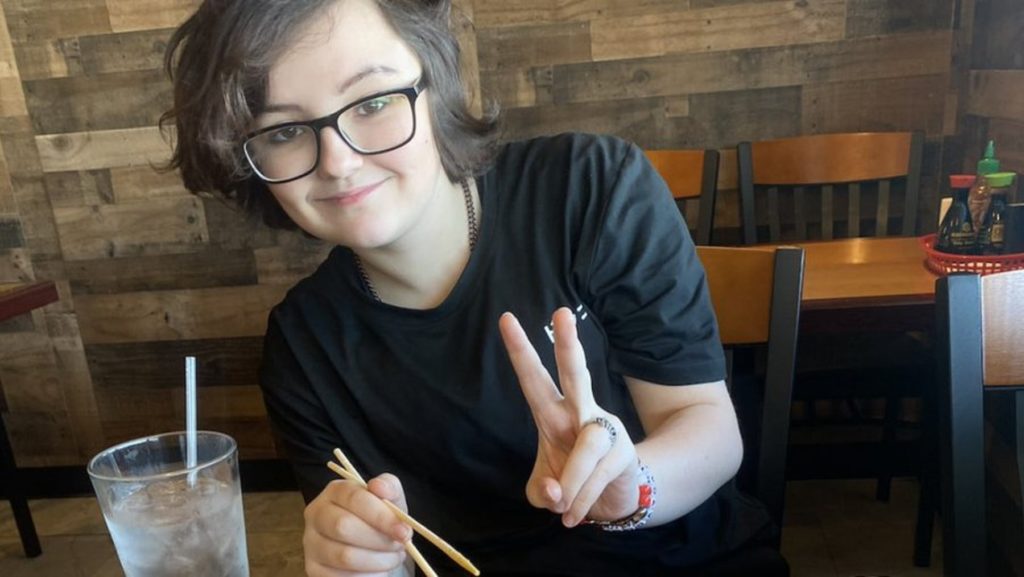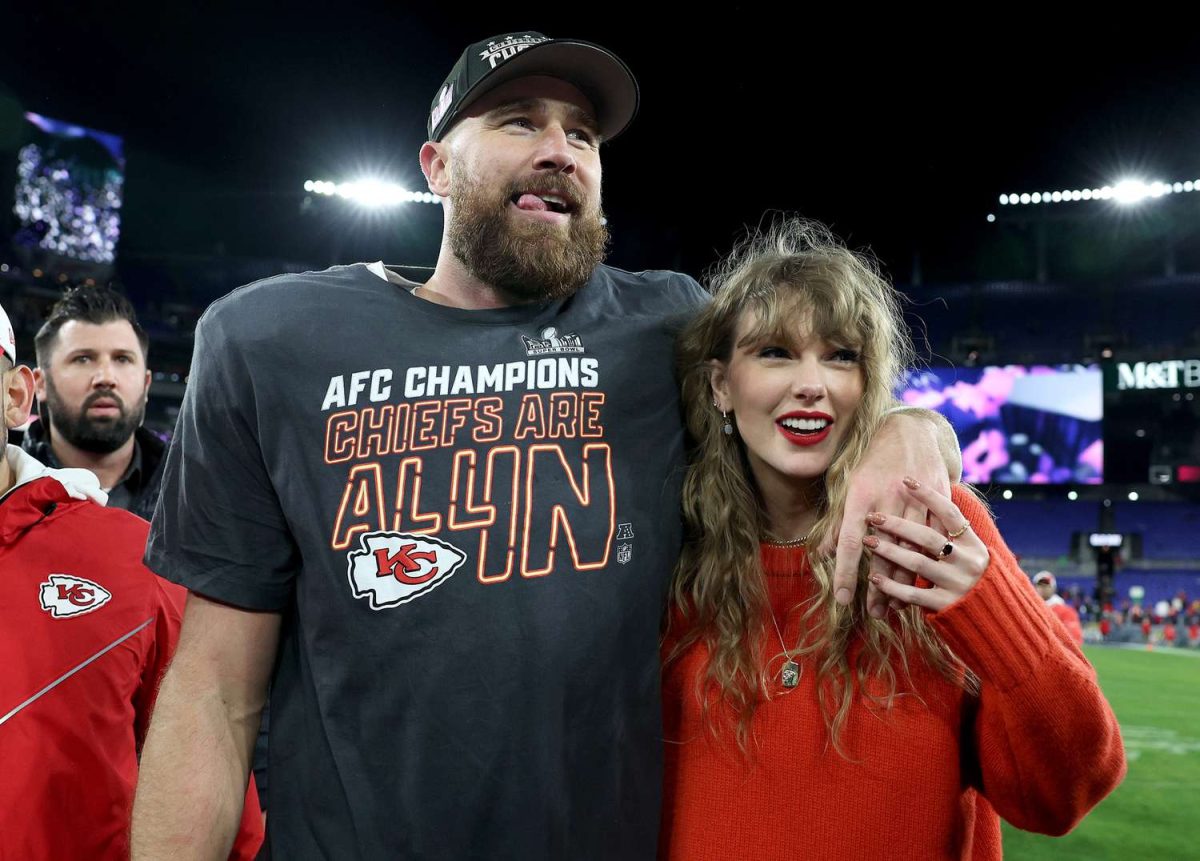The early 2000’s were known for iconic pop culture moments and events, such as infamous petty feuds between pop celebrities. Celebrities were battling over being the most attractive and the world was obsessed. The cover of magazines promised juicy gossip. Girls were desperately trying to achieve the ‘perfect body’ of the decade.
The most influential celebrities at the time included Paris Hilton, Britney Spears and Lindsay Lohan. They are known for the notorious photo of them closely packed together in Hilton’s car, known as the ‘Bimbo Summit.’ They were the most controversial women of the time.
“I was seriously worried that either Lindsay Lohan, Paris Hilton or Britney Spears would die. Britney had mental health problems, Lindsay had a drug problem and Paris was known to drink and drive.” Ben Widdicombe told The Guardian. They were far from good role models to young impressionable girls. Although each of them had serious issues with eating, Spears’ was more publicized and encouraged.
Almost every aspect of Spears’ life has been televised and gossiped about in magazines. A common topic to gossip about was her weight and mental health. The media did anything to find information on Spears. In 2007, Spears was described as fat after her performance at the VMA. The New York Times wrote, “Spears was dressed in a spangled bra and hot pants, and she moved with a jiggling motion akin to Jell-O as she performed the song.” People were obsessed with criticizing her body.
Spears became known as another ‘embarrassingly obese and ‘outdated’ female celebrity. Spears wrote about many of her experiences in her book, ‘The Woman In Me’. Spears detailed her experience and spoke out about how she was forced to perform, “It was less than a year since I’d had my second baby in two years, but everyone was acting like my not having six-pack abs was offensive.” Spears wrote. “I went out there and did the best I could at that moment in time, which — yes, granted — was far from my best at other times. I could see myself on video throughout the auditorium while I performed; it was like looking at myself in a fun-house mirror.”
In 2009, Jessica Simpson performed in Texas, but all the focus was on her physical appearance. After her performance, people ridiculed her by giving her the nickname ‘Jumbo Jessica.’ Simpson recounted her experience and told People, “I don’t think people always realized that there was a human being, a beating heart, and working eyes with actual feelings behind those headlines and that words can hurt and stay with you for a lifetime.”
Anna Nicole Smith was one of the many mistreated women in the media. She was made a punchline for her drug abuse, past marriages, sex life, finances, intelligence and physique. In 2002, she made an appearance on the Howard Stern Show. During the show, she was asked to get on a scale so they could check her weight for a bet they had made. “Please? I could win $700. It’ll be fun,” Stern begged. Stern attempted to bribe Smith by offering her gifts and money to reveal her weight. “To help the ratings, you should get on the scale and weigh in. That would be the best promotion,” Smith faced mockery each time she refused to have her weight checked. During the show, she endured patronizing and condescending behavior, comparable to the treatment of a child. “You’re an entertainer, you have to give the people what they want,” Stern pleaded. In 2004, Smith returned to the show, thinner, and demanded an apology for the insensitive comments about her body. “You owe me an apology; you called me a big, fat, porker pig and tried to get me up on a scale,” Smith said. Stern refused to apologize, instead, he made a snarky remark, asking “And who helped you lose weight?”
Many fashion trends from the 2000s have made a comeback: Low-rise jeans, baby tees, big belts, flat hair, layered shirts, and tracksuits. Although some people find the trend nostalgic, these trends contribute to the rebirth of the 2000s toxic body standards that many women had to endure. Many plus-sized individuals on social media face body-shaming remarks. Their posts are usually labeled as ‘cringe,’ ‘weird,’ and ‘undesirable’. Eating disorders have become more common among girls, with a 54% increase in hospitalizations among the ages between 10 and 17 years.
During the isolation of the pandemic, teenagers and children were more vulnerable to the unrealistic and disproportional expectations of bodies. In 2020, an 18-year-old, Billie Eilish was photographed wearing clothing that fit her, instead of her usual loose-fitting clothing. “In 10 months Billie Eilish has developed a mid-30’s wine mom body.” A 29-year-old man tweeted. Eilish has reflected on the viral photographs recently. In an interview with Vogue, she discussed the media acting maliciously toward her. “But it’s really hard, you know?” she confessed. “I’ve had a rough time, to be honest, and I’m still figuring it out. But it’s definitely a weird life; I’ll say that,”
As long as fashion repeats, there will always be an ideal body type for each trend. As a society, we were more body-positive and accepting. More plus-sized actresses and actors were taken seriously and there were more protests for plus-sized models. We are regressing as humanity, it has become more socially acceptable for children to be ashamed of their bodies than it is for plus-sized people to be treated like people.








